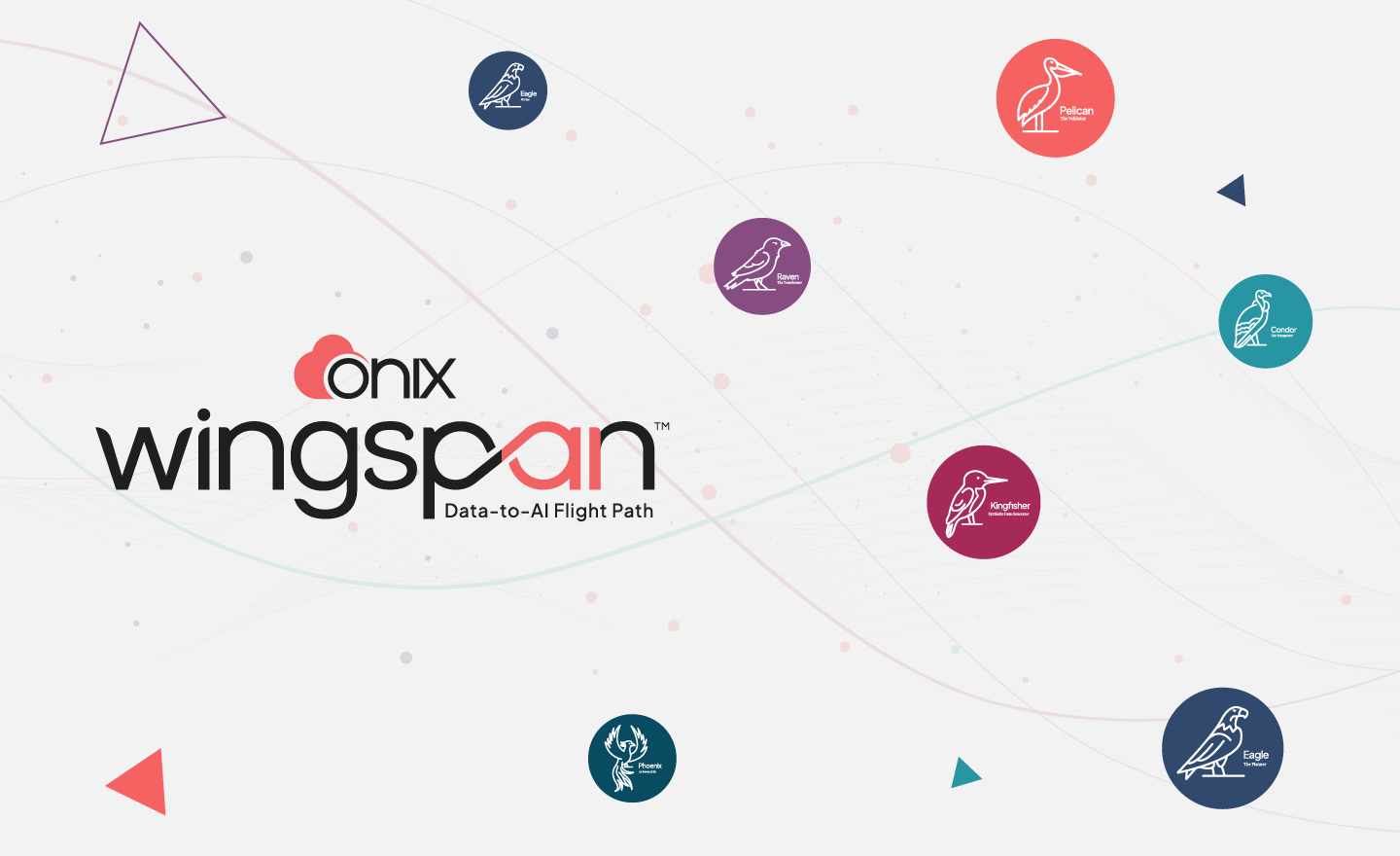Be it at an individual or organizational level, it’s necessary but never easy to manage change. For instance, Google Cloud migration is a major paradigm shift – and involves much more than simply selecting the right migration tool. Most often, it’s not the “change” itself that matters, but more about how the change is “managed” at every level of the organization.
To put it plainly, some of the 2023 statistics about organizational change are pretty “shocking.” Here are some of them:
- 31% of CEOs are fired for not efficiently managing change management.
- 18% of employees will consider leaving their jobs – in the event of a major organizational change.
- 46% of CIOs believe the existing work culture is the biggest hurdle to business success.
Effective change management is all about ensuring that organizational changes are seamlessly implemented – and minimizing the impact of the change on its employees and customers. Let’s first discuss the importance of change management in the Google Workspace deployment process.
Importance of Change Management in Google Workspace Deployment
As an office productivity tool, Google Workspace enables employees to connect, share, and collaborate. By integrating effective change management during Google Workspace deployment, organizations can accrue the following benefits:
- Implement organization-wide changes to Google Workspace.
- Reduce the time of running Google Workspace with the legacy applications.
- Reduce any change “resistance” and improve employee satisfaction.
- Improve workplace productivity and adoption speed.
With Google Workspace’s change management, organizations can divide the entire change management journey into 4 distinct phases namely:
- The excitement phase involves building hype and expectations of the anticipated change in the workplace.
- The enablement phase is about deploying Google Workspace and ensuring that every user is trained to use its features optimally.
- The expansion phase involves setting up the cloud deployment team, running training programs, and managing support-related operations.
- The embed phase measures the progress of change management, promotes success stories, and provides self-help resources to Google Workspace users.
To streamline this entire change management journey, Google Workspace recommends some best practices to be implemented during AND after the Google Workspace deployment.
Change Management practices during Google Workspace Deployment
Here are 4 best practices in change management that organizations can implement when deploying Google Workspace:
- Identify and involve the stakeholders.
As the first step in change management, identify all the users and stakeholders that would be most affected by this change. Besides Google Workspace users, this can include workspace administrators, security teams, and support desk.
By involving them from an early stage, organizations can provide them ample time to accept the change and provide design-related inputs. Additionally, assign each stakeholder their key roles and responsibilities. For instance, the Google Workspace project team would be responsible for handling critical issues when migrating data to Google Cloud.
Similarly, organizations must communicate their change management strategies differently to different stakeholders. Here are some relevant questions to be addressed:
- Which team member to communicate with – and with what specific message?
- Which are important key points to address with different stakeholders?
- Which communication channel must be used – business emails, online posters, or through the company’s intranet?
- Who should be responsible for initiating the communication?
- Focus on training and development.
Another best practice is to focus on training and developing the users for Google Workspace. During deployment, it’s important to assess the training needs of every group of users. Identify any special user group that would need training in a specific functionality. For instance, the administrator team will need training on provisioning user accounts and managing the Google administrator console.
Based on these specific needs, organizations must design their Google Workspace training program. Additionally, they can provide a variety of training materials in different formats – including online videos, tutorials, and knowledge forums.
- Implement a clear and consistent communication plan.
Change management is not a “one-time activity” but a continuous process. Make sure to communicate the changes with clarity and consistency. This also includes addressing the questions and concerns raised by various stakeholders. By communicating the benefits of change management, stakeholders can become ambassadors of the entire program.
Additionally, provide timely updates on the progress of the deployment – along with the significance of each major update. Also, send timely updates on the next training session to each target group or team.
- Perform pilot testing for user feedback.
Before going live with the Google Workspace deployment, organizations must also pilot-test the tool with a smaller group of around 5 core users. With this small-scale trial version, they can gather the initial feedback about the tool from a smaller group – before expanding the deployment across the organization.
Through a limited-time pilot project, organizations can gather the user’s feedback and make the necessary corrections.
Change Management practices post Google Workspace Deployment
The change management process does not end with Google Workspace deployment. Here are 4 best practices in change management that organizations can implement after deploying Google Workspace:
- Focus on continuous training and support.
As mentioned before, change is a continuous process. Continuous training is essential for successful change management – even post-deployment. Based on the user’s feedback and individual development, organizations need to modify Google Workspace training. Besides, they must also support post-training support and resources to ensure continuous learning. - Enable feedback mechanisms.
An effective feedback mechanism enables Google Workspace users to provide their valuable feedback and improve the overall deployment. Feedback can be gathered through user surveys and online polls. With this iterative approach, organizations can adapt to changing user needs and expectations. It also helps them identify and address any post-deployment challenges such as user identity and any login-related problems. - Reimagine workflows through transformation.
Post deployment, transformation workshops can help Google Workspace users reimagine their current workflows and processes across their organization. As part of the transformation workshop, users can:
- Reexamine current processes and workflows – and innovate them to improve team productivity.
- Learn about real-life customer success stories and how they applied Google solutions to transform their processes.
- Collaborate with other stakeholders to build new prototypes of selected processes.
- Prepare a detailed roadmap to further integrate Google solutions across the organization.
- Implement iterative improvements.
With Google Workspace, organizations can monitor key performance metrics such as rate of packet loss and latency rates. They can analyze and improve user performance across metrics like:
- Email-related metrics like volume of emails, unread emails, and response duration
- Use of collaboration tools for customer interactions and solving their queries
- Commitment to calendar events
Further, team managers can measure the productivity and security of their team members. For instance, how frequently they are using Google Workspace tools.
- Celebrate the achievements and milestones.
As part of the post-deployment initiative, organizations must also learn to celebrate the successful deployment of Google Workspace. By celebrating the team’s achievements and milestones, they can encourage users to continuously engage in this online workspace.
Here are some ways to celebrate:
- Send a successful message to all stakeholders after the deployment.
- Recognize the individual contributions from the deployment team through meetings, email messages, or on the company’s website.
- Reward the frequent Google Workspace users – or those who designed an innovative use case.
Google Workspace Change Management – Case Studies
Here are some of the successful case studies in Google Workspace deployment that highlight change management:
- Transitioning to Google Workspace
A leading U.S.-based biopharmaceutical company was looking to transition over 1,000 users from Office 365 to Google Workspace in a space of 6 months. The company planned to gradually move its global workforce “out of office” in the future.
Through an effective change management strategy, Onix ensured a smooth transition to Google Workspace with minimum business disruption. Here are some of the highlights of this transition:
- Multilingual and multichannel communication during global deployment.
- 1:1 training for remote employees
- The “Digital Genius” champion program to support office and remote team members during the deployment project
- Managing job requirements and description
A leading U.S.-based news media company maintained all its current job requirements and descriptions using spreadsheets. Its HR team had to constantly copy, edit, and share these static documents – leading to a lack of user access or incorrect versions being shared.
Using Google Workspace, Onix developed an intuitive app, which provides an updated list of job descriptions – with easy access to HR team members. Through this app, HR teams had multiple ways to add a job description – including feeding data to Google Sheets directly.
Conclusion
Effective change management is crucial for a successful Google Workspace deployment in any organization. Some of the key best practices during and post-deployment includes identifying and addressing the concerns and needs of stakeholders – and focusing on continuous learning and development of users. At the same time, change management is also about organizations dynamically adapting to new business requirements – and supporting their users through this journey.
With its expertise in the Google Workspace platform, Onix can help you in the transition process. Here’s how Onix can leverage Gemini (formerly Duet AI) to improve productivity in Google Workspace. We can help!

About the author:
Solange Jacob is currently the Director of Customer Experience, Innovation and Culture at Onix.
She can be reached at solange@onixnet.com.
Reference links:
https://www.oak.com/blog/workplace-change-statistics/
https://www.evonence.com/blog/g-suite-change-management-practices









